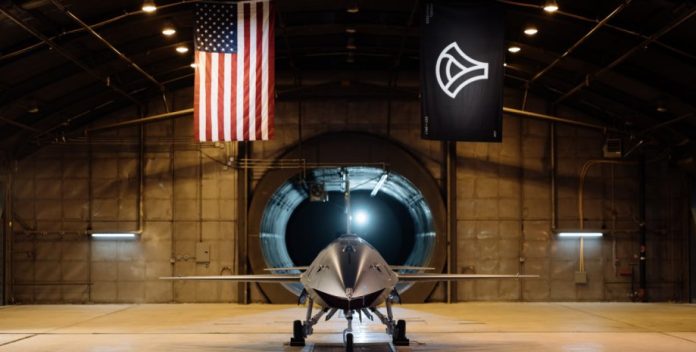The US Air Force continues to develop the latest technologies in the field of unmanned aviation systems, testing new YFQ-42A and YFQ-44A drones. These unmanned General Atomics and Anduril companies are part of the Collaborative Combat Aircraft (CCA), which aims to create autonomous air systems to support manned aircraft.
According to the US Air Force Prescrilism, at the current stage of testing, experts are focused on testing of motor systems, avionics, autonomy and land management interfaces for both drones. This will help to prepare drone for flight tests that should occur in late 2025.
"This phase eliminates the gap between design and flight, reducing the risks of integration, increasing confidence and laying the basis for a successful first flight and, finally, supplying the fighter to the fighter," said US Air Force headquarters, General David V. Olvin. The CCA program involves the use of unmanned fighters in tandem with manned aircraft. They will work as "amplifiers" that will increase the operational radius, improve survival and expand combat capacity. One of the main advantages of such systems is their rapid deployment and low cost compared to traditional fighters. Thanks to semi -autonomous management, these drones will be able to fulfill many missions without the constant participation of pilots. This will significantly reduce the need for staff to maintain flight readiness, which in turn will reduce costs and increase the efficiency of combat operations. According to General Alllvin in his publications on social networks, the CCA program and new drones are an important step in the development of modern military aviation. "This is a huge milestone and another step towards the first flight and quick supply to our fighters ... These drones will be cool!" He shared his impressions.
Collaborative Combat Aircraft (CCA) has the potential to change approaches to military aviation, making it more efficient, affordable and autonomous. The further development of these technologies is expected, which will allow the US to retain leadership in the field of unmanned combat vehicles.


